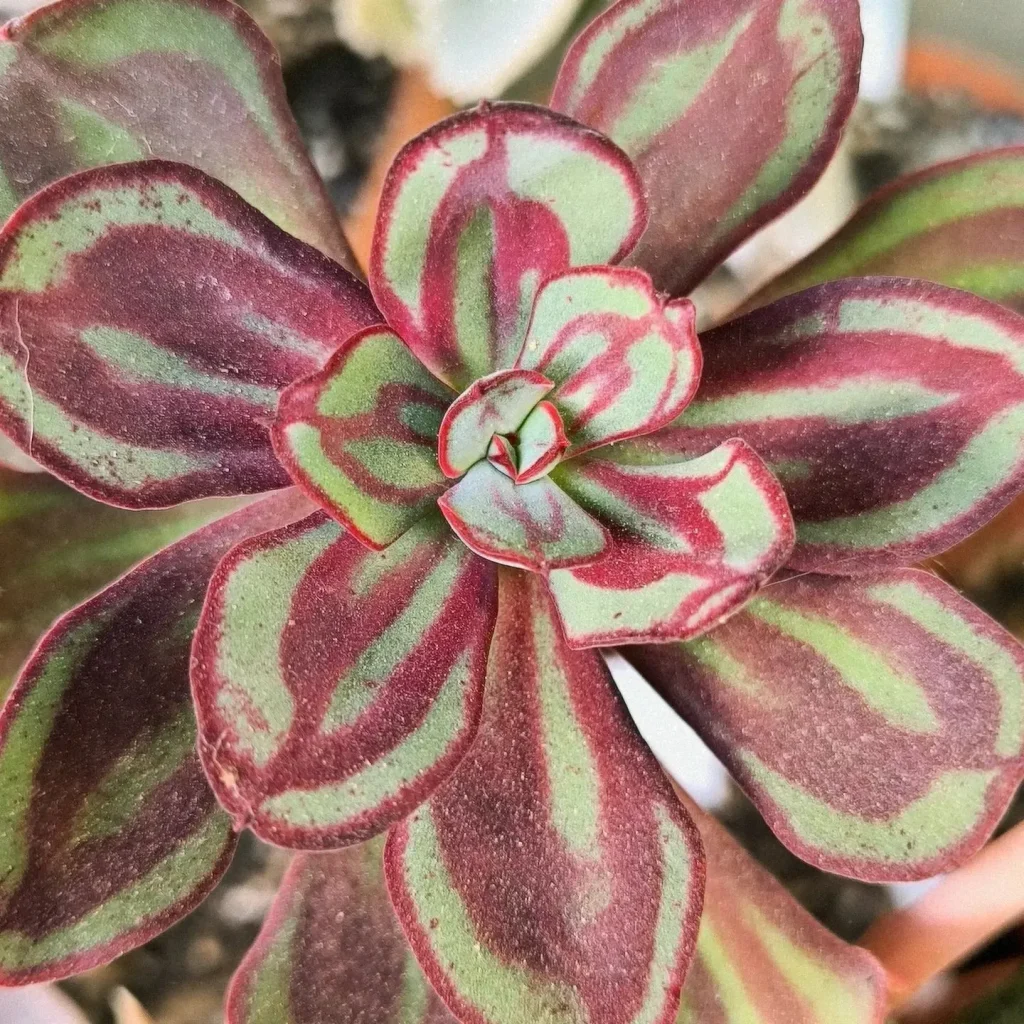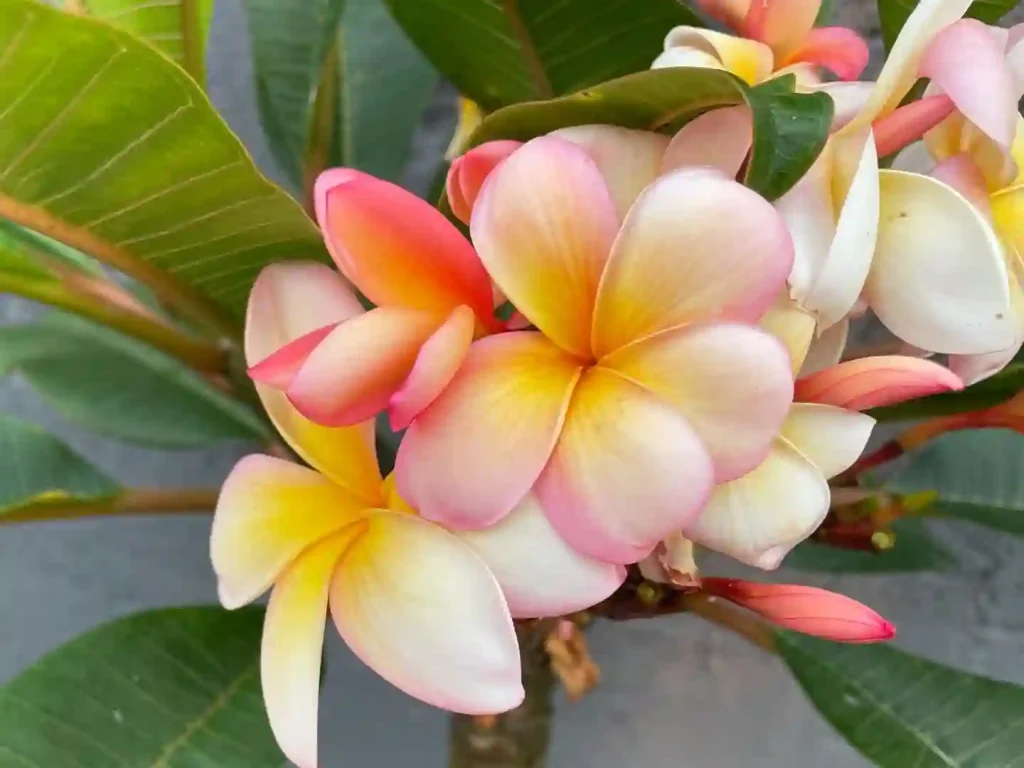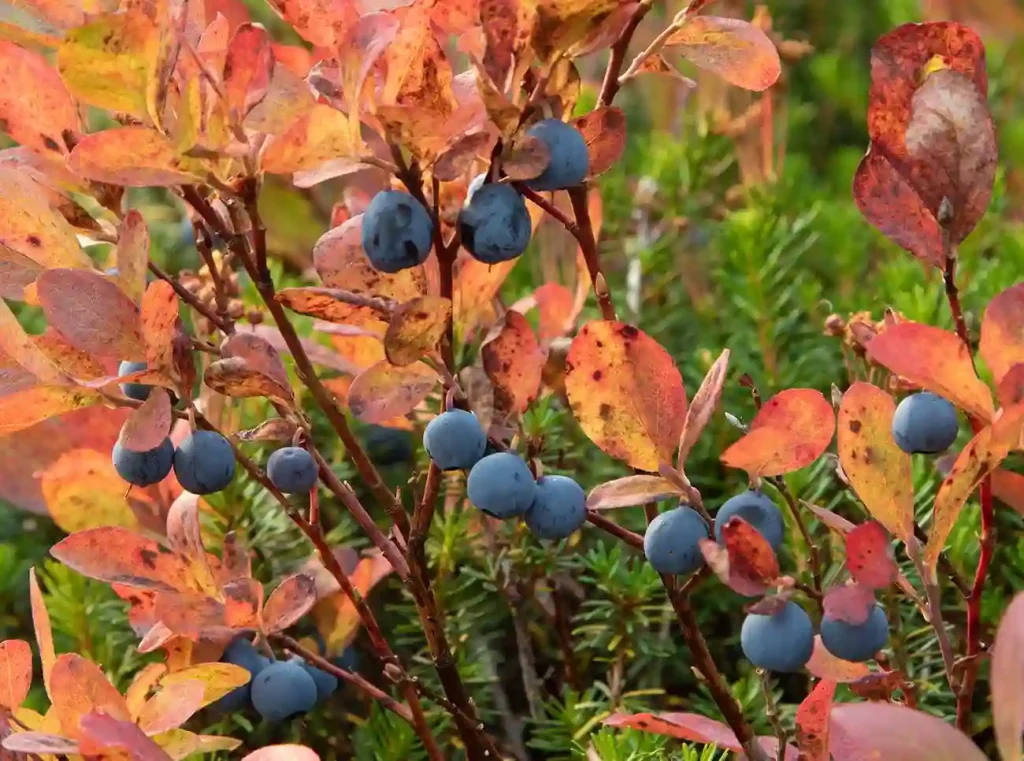FAQs About Pilea Grandifolia: My Personal Insights
Pilea Grandifolia, commonly known as the Large Leaf Pilea, has become a favorite in my collection of houseplants. Its broad, lush leaves and easy-going nature make it a fantastic choice for both novice and experienced plant enthusiasts. In this article, I’ll cover some frequently asked questions about this charming plant based on my own experiences and research.
609 Species in Genus Pilea
What Is Pilea Grandifolia?
Pilea Grandifolia is a striking houseplant with large, rounded leaves that can grow up to 8 inches wide. Native to tropical regions, it’s known for its impressive foliage and low-maintenance requirements. The plant belongs to the Pilea genus, which includes various species known for their ornamental qualities. Unlike some other Pileas, the Grandifolia boasts substantial leaves that add a bold touch to any space.
How to Care for Pilea Grandifolia?
Light: I’ve found that Pilea Grandifolia thrives best in bright, indirect light. Direct sunlight can scorch its leaves, so placing it near a window with filtered light is ideal. In lower light conditions, the plant’s growth may slow down, but it will generally adapt.
Watering: This plant prefers its soil to be kept consistently moist but not waterlogged. I water mine when the top inch of soil feels dry. Overwatering can lead to root rot, so be cautious and ensure the pot has good drainage.
Humidity: Pilea Grandifolia enjoys higher humidity levels. In my home, I use a humidifier or place a tray of water near the plant to maintain adequate humidity. It’s also helpful to mist the leaves occasionally, especially in drier climates.
Temperature: I keep my Pilea Grandifolia in temperatures ranging from 65 to 75 degrees Fahrenheit. It’s sensitive to extreme cold and should be protected from drafts or sudden temperature changes.
How to Propagate Pilea Grandifolia?
Propagation of Pilea Grandifolia is straightforward and quite satisfying. I propagate mine using stem cuttings. Here’s how:
- Select a Healthy Stem: Choose a healthy stem with a few leaves.
- Cut the Stem: Use a clean, sharp knife or scissors to cut the stem just below a leaf node.
- Prepare the Cutting: Remove any lower leaves from the cutting, leaving just a few at the top.
- Rooting Medium: Place the cutting in a glass of water or directly into a pot with moist potting mix.
- Wait for Roots: If using water, wait until roots develop, usually a few weeks. Once roots are a couple of inches long, you can transfer the cutting to soil.
What to Plant With Pilea Grandifolia?
Pilea Grandifolia pairs well with a variety of other houseplants. In my home, I’ve combined it with smaller, trailing plants like Pilea Peperomioides and succulents like Haworthia. The contrast between the large, broad leaves of the Pilea and the more compact foliage of other plants creates a visually appealing arrangement.
How to Use Pilea Grandifolia in Your Home?
This plant works well as a statement piece in any room. Its large leaves make it a great choice for filling empty corners or as a centerpiece on a table or shelf. I often use it to add a touch of greenery and texture to my decor. It also pairs beautifully with modern or minimalist furniture styles due to its clean lines and bold foliage.
Is Pilea Grandifolia Toxic?
One of the great things about Pilea Grandifolia is that it is non-toxic to both pets and humans. This makes it a safe choice if you have curious pets or small children around the house. I’ve always appreciated this aspect, as it allows me to place the plant in various locations without worrying about any adverse effects.
Common Problems and Solutions
Leaf Drop: If your Pilea Grandifolia starts dropping leaves, it might be due to sudden changes in temperature or lighting conditions. Ensure it’s in a stable environment and check for drafts or changes in light exposure.
Yellowing Leaves: Yellowing leaves can be a sign of overwatering. Make sure the pot has good drainage and allow the soil to dry slightly between waterings.
Pests: While not very prone to pests, keep an eye out for common houseplant pests like spider mites or aphids. Regularly inspecting the plant and using neem oil or insecticidal soap can help manage any issues.
In conclusion, Pilea Grandifolia is a rewarding plant to care for, offering lush foliage and a touch of the tropics to any home. Its minimal care requirements and attractive appearance make it a standout choice for plant lovers. I hope these insights help you enjoy your own Pilea Grandifolia as much as I do!
If i die, water my plants!



